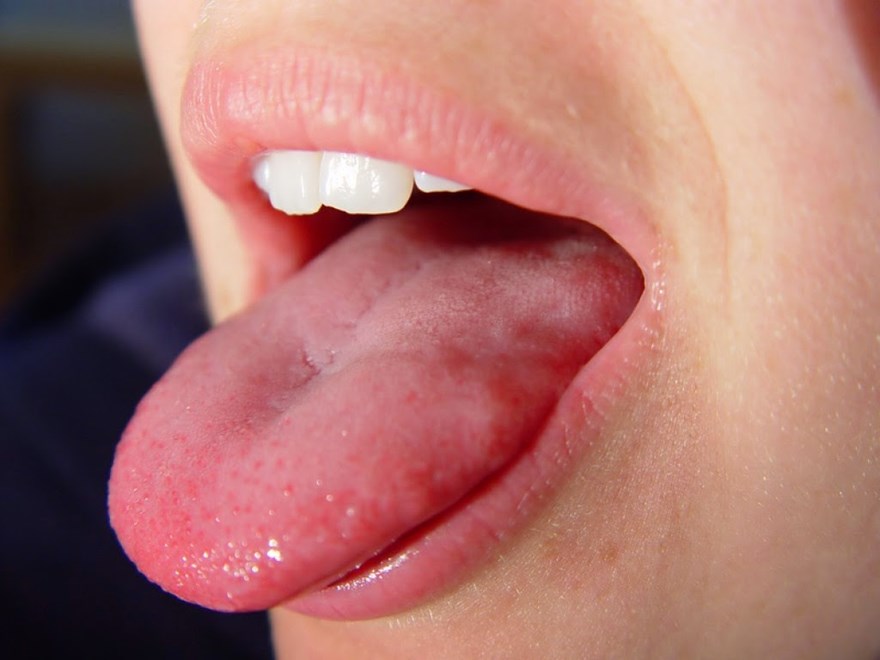 21 September 2022
21 September 2022
When considering your oral hygiene routine, it is important not to forget about your tongue. The tongue is actually a muscle and has important functions. The tongue manipulates food during the chewing process and is important in the act of swallowing. It is part of the digestive system and is the primary organ of taste, with its upper surface covered in taste buds. The tongue also serves as a natural means of cleaning your teeth by moving food away from your teeth, and if that’s not enough, the tongue is also essential for speech.
Anatomically, the tongue can be divided into two parts: anterior (front) and posterior (rear). Taking up two thirds of the tongue’s total length, the anterior portion of the tongue is the most visible area. The posterior region, which makes up the rest of the tongue, is connected to the floor of the mouth by a fold known as the frenulum.
It is estimated that there are 20 billion bacteria in your mouth at any given time. Today’s scientists can only account for about 1,000 types. Not all bacteria are bad but some bacteria have a more negative effect on your oral health than others. Thus when you brush your teeth, dentists recommend that you also clean your tongue to remove any build-up of bacteria that can cause bad breath and dental disease (tooth decay and gum disease). Just like your teeth, you should clean your tongue twice a day by gently brushing the surface of your tongue from back to front. You can also incorporate a tongue cleaner and oral rinse to more effectively curb bad breath.
Your dentist will examine your tongue as part of your regular dental check-up, to ensure it looks healthy. As part of this your dentist, will examine the surface of your tongue, the sides of your tongue and the underside of your tongue including the floor of your mouth. A healthy tongue, is pink in colour, clean and covered in tiny papillae. Your dentist will be looking to make sure that there are no signs of inflammation or oral cancer. An unhealthy tongue may appear: red, swollen, dry and smooth, hairy with a white or black covering similar to shaggy carpet. Often there is an innocent white covering on tongues which is made up of a mix of bacteria, food debris and dead cells. This can be readily removed with regular cleaning.
Ulcers are one of the most common conditions of the tongue, but others include;
- Glossitis (inflammation)
- Geographic Tongue (map like patter of reddish patches)
- Leukoplakia (white patches – often not dangerous but can be pre-cancerous)
- Thrush (white spots usually covering tongue and other oral tissues)
- Oral Cancer
So remember, your tongue is important and just like your teeth, you should clean your tongue twice a day by gently brushing the surface of your tongue from back to front. Incorporating a tongue cleaner and oral rinse will also help clean your tongue surface and curb bad breath.
Looking for a dentist to jumpstart a healthy oral hygiene programme? Contact one of our friendly centres today





